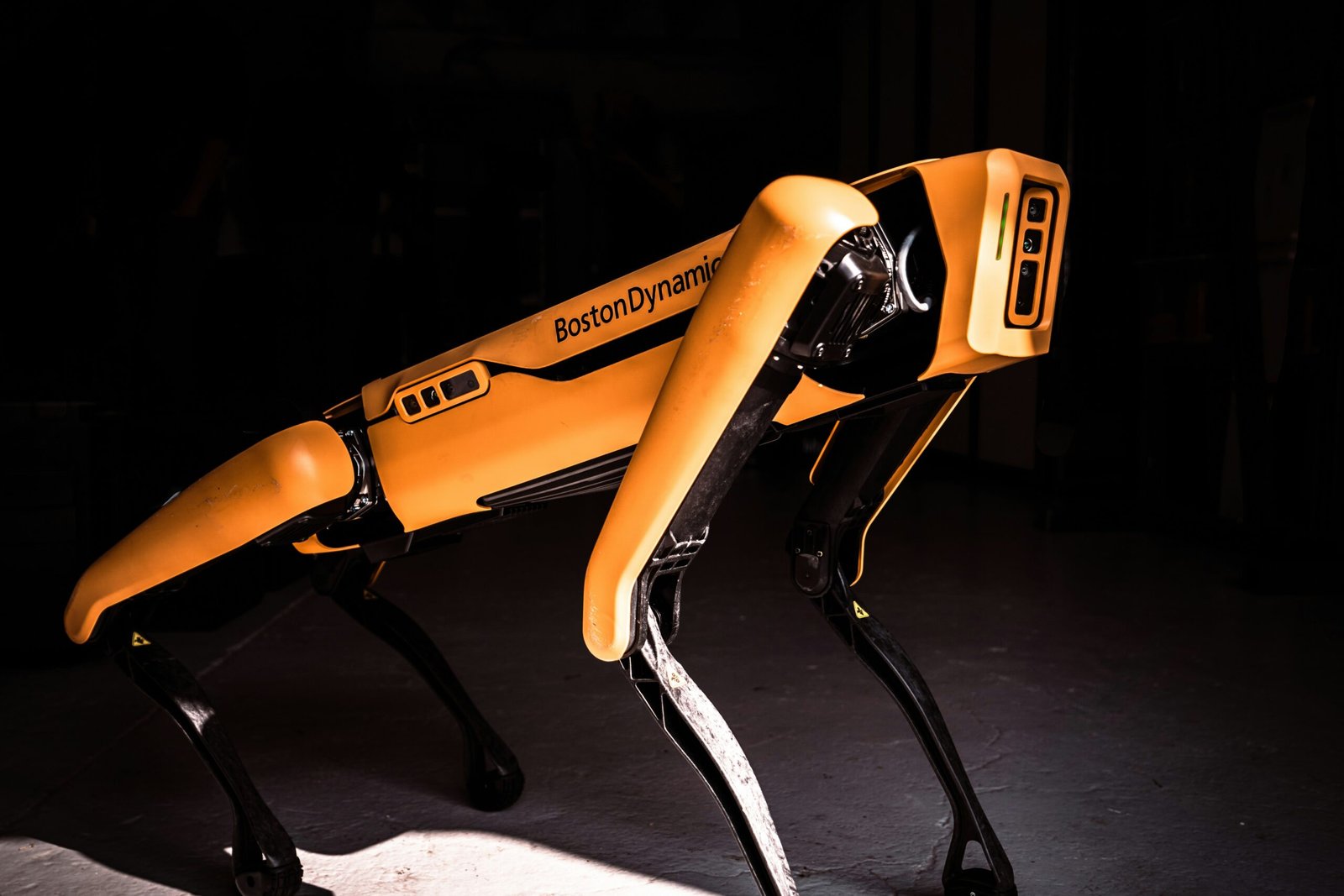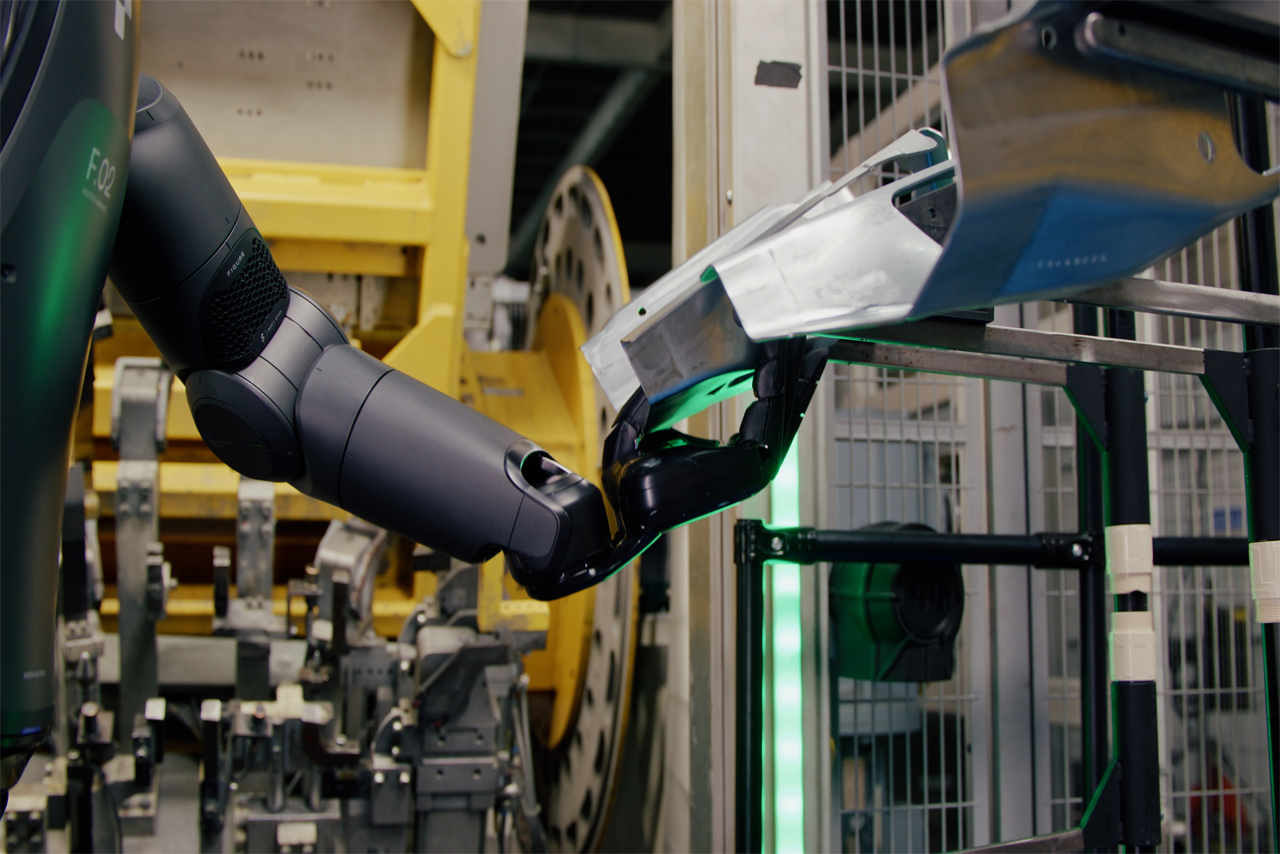Quadruped robots—machines that walk on four legs like animals—have evolved from awkward prototypes to sophisticated machines capable of navigating complex environments. These robots are revolutionizing industries ranging from construction to disaster response, offering capabilities that wheeled or tracked robots simply cannot match.
From Early Designs to Modern Marvels
The journey of quadruped robots began in the 19th century with rudimentary mechanical designs like Chebyshev’s walking machine from 1870. These early attempts at mimicking animal locomotion laid important groundwork, but lacked the adaptability needed for practical applications.
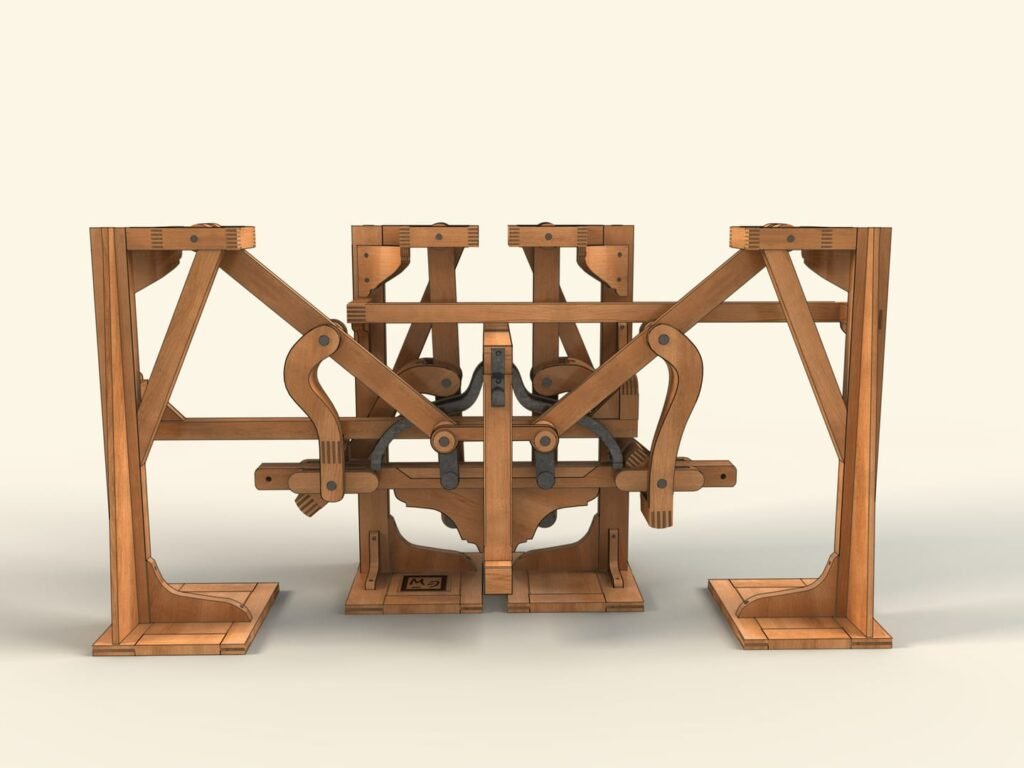

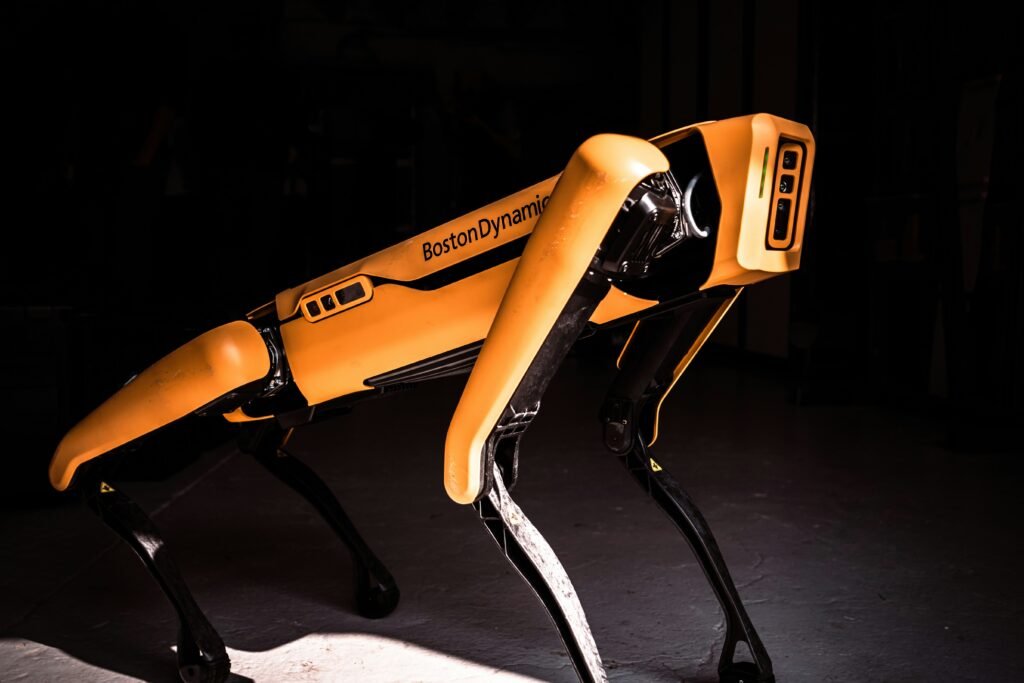
The field saw significant advancement in the 1970s when the Tokyo Institute of Technology developed robots like KUMO-I and PV-II, which demonstrated more sophisticated walking patterns. Marc Raibert’s pioneering work at MIT in the 1980s introduced dynamic stabilization techniques that allowed robots to maintain balance while moving—a critical breakthrough for the field.
The true watershed moment came in 2005 with Boston Dynamics’ “Big Dog,” a quadruped capable of navigating rugged terrain while carrying substantial payloads. This was followed by their now-famous “Spot” robot, which has become the industry benchmark with its autonomous navigation capabilities and versatility in both indoor and outdoor environments.
Applications Across Industries
Today’s quadruped robots serve diverse purposes across multiple sectors:
Disaster Response: Equipped with LiDAR, thermal cameras, and other sensors, these robots can navigate rubble and dangerous environments to locate survivors and gather critical data during emergencies. Their ability to traverse unstable surfaces makes them invaluable in scenarios where human access is limited or dangerous.
Industrial Inspections: Robots like ANYbotics’ ANYmal autonomously inspect pipelines, factories, and power plants, identifying anomalies and hazards without putting human workers at risk. They can access confined spaces and perform repetitive inspection tasks with consistent precision.
Construction: On building sites, quadrupeds generate accurate 3D maps, monitor construction progress, and navigate uneven terrain and tight spaces. They provide real-time data that improves project management and safety.
Agriculture: In farming, these robots monitor crop health, apply pesticides with precision, and assist with harvesting. Their autonomous field navigation capabilities enable detailed data collection that supports precision agriculture practices.
Security and Surveillance: Armed with cameras and sensors, quadruped robots serve as mobile security systems, patrolling areas and providing alerts about unauthorized access or potential threats.
Environmental Monitoring: Bio-inspired designs like PAWS collect environmental data in remote locations, supporting research and conservation efforts in areas that might be difficult for humans to access regularly.
Top Brands and Their Signature Robots


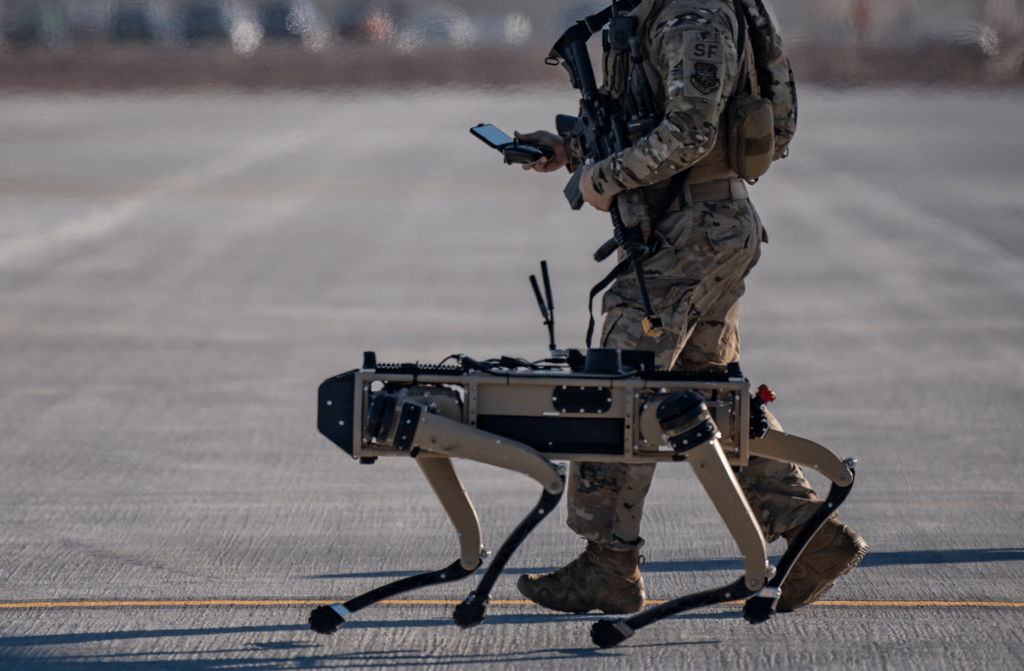
Boston Dynamics
Flagship Model: Spot
Boston Dynamics is the undisputed pioneer in quadruped robotics. Their yellow dog-like robot Spot has become the face of the industry. Weighing about 65 pounds, Spot can operate for 90 minutes on a single charge and reach speeds up to 3 mph. It features 360-degree perception with stereo cameras, can navigate stairs and rough terrain, and offers an open API for custom applications. Spot excels in industrial inspection, construction monitoring, and public safety applications. The company’s history of DARPA-funded research has positioned them as innovation leaders, though their robots come with premium price tags starting around $75,000.
ANYbotics
Flagship Model: ANYmal
This Swiss company has focused on creating robust quadrupeds for industrial applications. Their ANYmal robot specializes in autonomous inspection and monitoring in challenging environments like offshore energy platforms, mines, and processing plants. ANYmal features IP67 water and dust protection, can operate in extreme temperatures, and offers customizable sensor packages including thermal cameras and gas detectors. The robot can run for up to 3 hours and navigate stairs, steps, and industrial terrains while collecting consistent inspection data that integrates with enterprise asset management systems.
Unitree Robotics
Flagship Models: Go1 and A1
This Chinese manufacturer has disrupted the market with more affordable quadruped options. Their consumer-focused Go1 model starts at under $3,000, making quadruped technology accessible to smaller businesses, researchers, and enthusiasts. Despite the lower price point, Go1 can reach speeds up to 10 mph, follow users autonomously, and carry small payloads. Their more advanced A1 model targets research institutions with enhanced computing capabilities and sensor integration options. Unitree’s rapid development cycle and focus on cost reduction are helping democratize quadruped technology.
Ghost Robotics
Flagship Model: Vision 60
This American company has positioned itself as a military and security-focused alternative to Boston Dynamics. Their Vision 60 robot, nicknamed the “Q-UGV” (Quadrupedal Unmanned Ground Vehicle), is designed for rugged deployment in defense and homeland security applications. The Vision 60 features modular payload mounting, all-weather operation capabilities, and advanced mesh networking for multi-robot deployments. Ghost Robotics has partnered with companies like Honeywell and government agencies to develop specialized capabilities including perimeter security and remote sensing applications.
DEEP Robotics
Flagship Model: Jueying
This Chinese company specializes in industrial-grade quadrupeds for hazardous environments. Their Jueying series robots excel in extreme weather conditions and can operate in temperatures from -20°C to 45°C. The robots feature reinforced joints for durability, specialized gait algorithms for difficult terrain, and modular sensor packages. DEEP Robotics has focused on applications in power plant inspection, mining operations, and emergency response scenarios where environmental conditions would challenge other robots.
Xiaomi
Flagship Model: CyberDog
Consumer electronics giant Xiaomi entered the quadruped market with their CyberDog, targeting developers and robotics enthusiasts. Priced at approximately $1,540, it’s among the most affordable sophisticated quadrupeds available. CyberDog features NVIDIA’s Jetson Xavier NX platform for AI applications, 11 high-precision sensors, and voice command capabilities. While not as robust as industrial models, it provides an accessible platform for algorithm development and serves as a technology showcase for Xiaomi’s broader robotics ambitions.
Technical Challenges and Innovations
Creating effective quadruped robots requires solving complex engineering problems:
Dynamic Stability: Maintaining balance during movement, especially on uneven terrain or when facing external forces, remains challenging. Advanced control systems continuously adjust leg positions based on sensor feedback.
Energy Efficiency: Battery life limitations restrict operational duration. Researchers are developing bio-inspired designs that leverage passive dynamics to minimize energy consumption while maintaining robust locomotion.
Payload Capacity: Enhancing load-bearing capabilities without sacrificing agility requires careful design optimization and materials selection.
Environmental Adaptability: Improving performance under extreme weather conditions and diverse terrains is essential for broader deployment.
Cost: High manufacturing expenses remain a barrier to widespread adoption, though companies like Unitree Robotics and Xiaomi are working on more affordable options.
The Future of Four-Legged Machines
As artificial intelligence, materials science, and energy storage technologies advance, quadruped robots will likely see:
Enhanced Autonomy: Improvements in AI will enable more independent decision-making and task completion with minimal human oversight.
Technological Integration: Combinations with other robotic systems, such as drones, could create hybrid solutions with expanded capabilities.
New Applications: As costs decrease, expect to see quadrupeds in logistics, healthcare assistance, and possibly even space exploration.
Improved Human-Robot Collaboration: Innovations like gestural control using augmented reality devices will make human-robot teams more effective.
Conclusion
Quadruped robots represent a remarkable fusion of biological inspiration and cutting-edge engineering. Their ability to navigate challenging environments while performing complex tasks makes them uniquely valuable across industries. As technology continues to advance, these four-legged machines will increasingly supplement human capabilities, taking on dangerous or difficult tasks while providing valuable data and services over time we are going to see more quadrupeds available with platforms like Robotbids.
From their humble beginnings as mechanical curiosities to their current status as sophisticated autonomous systems, quadruped robots demonstrate how biomimetic design combined with advanced computing can create machines that are transforming how we work, respond to crises, and interact with our environment.

